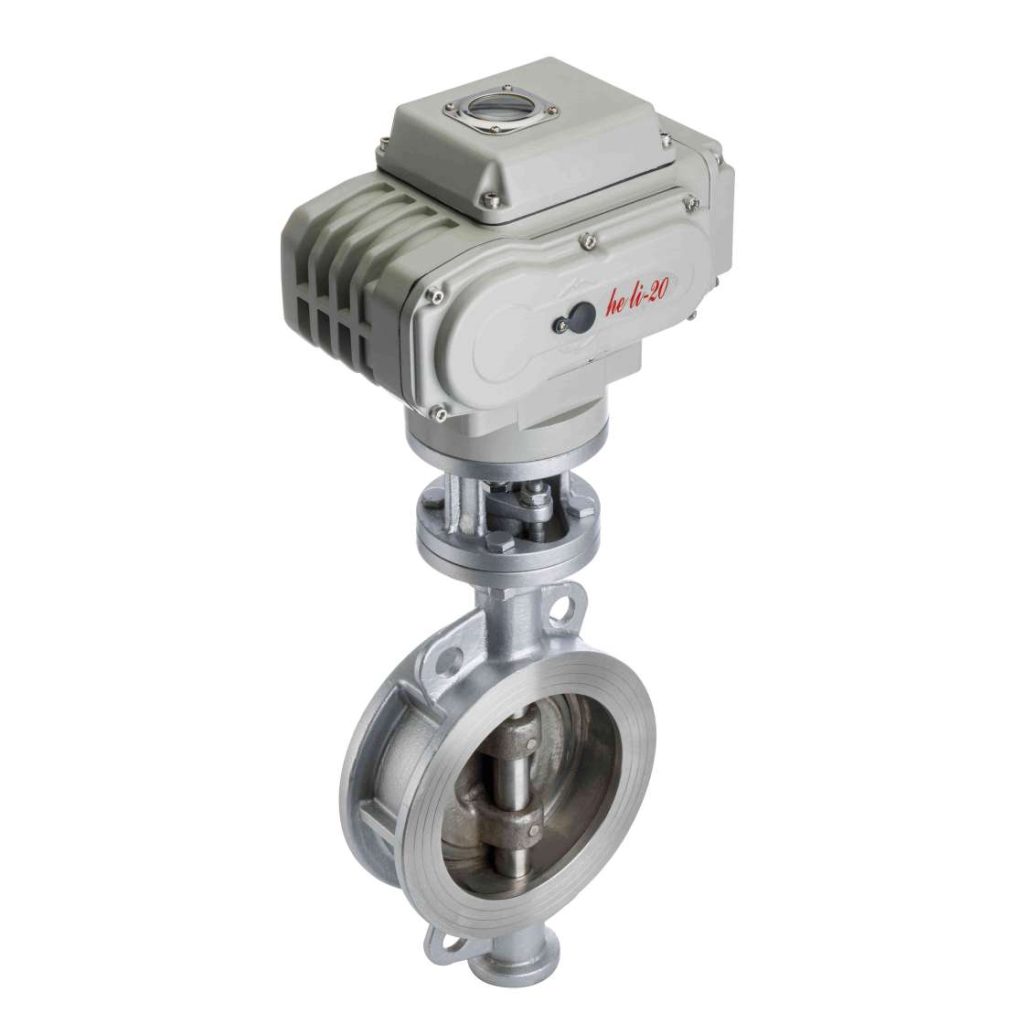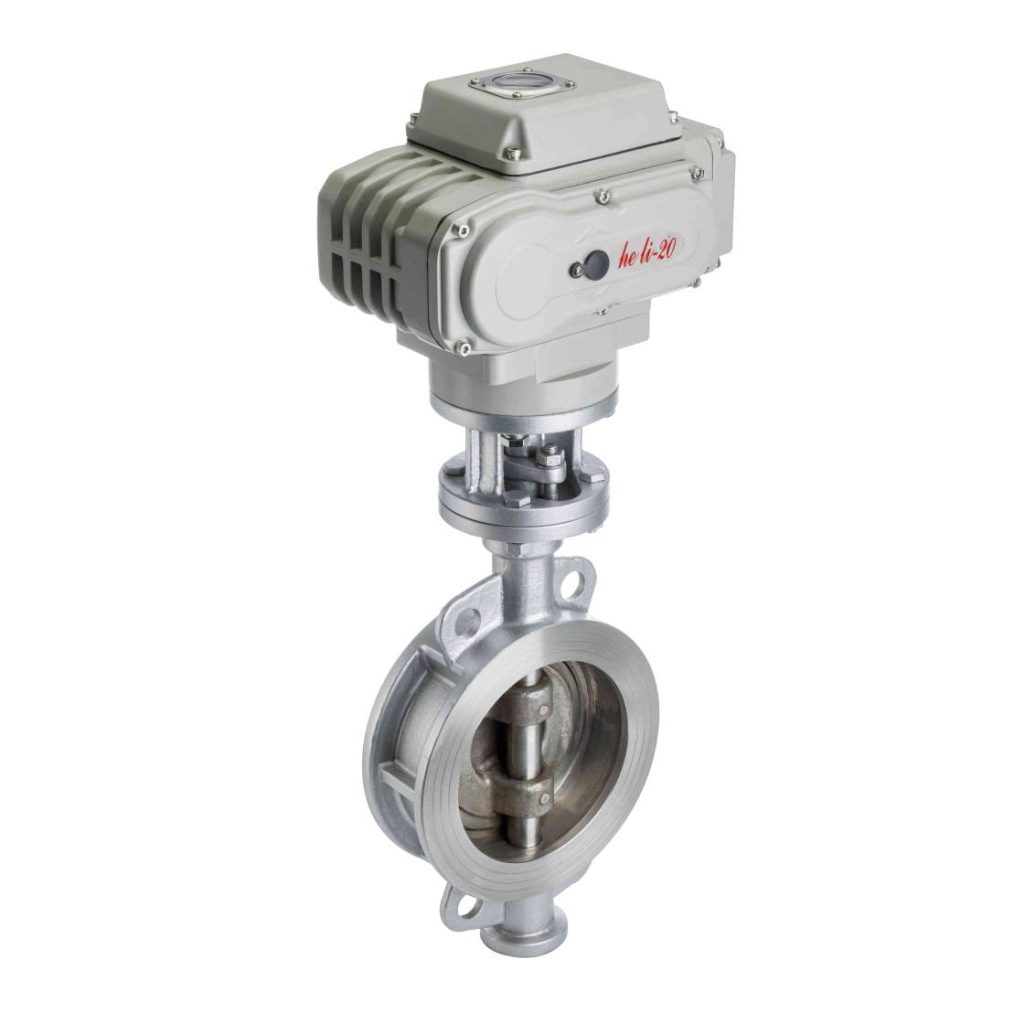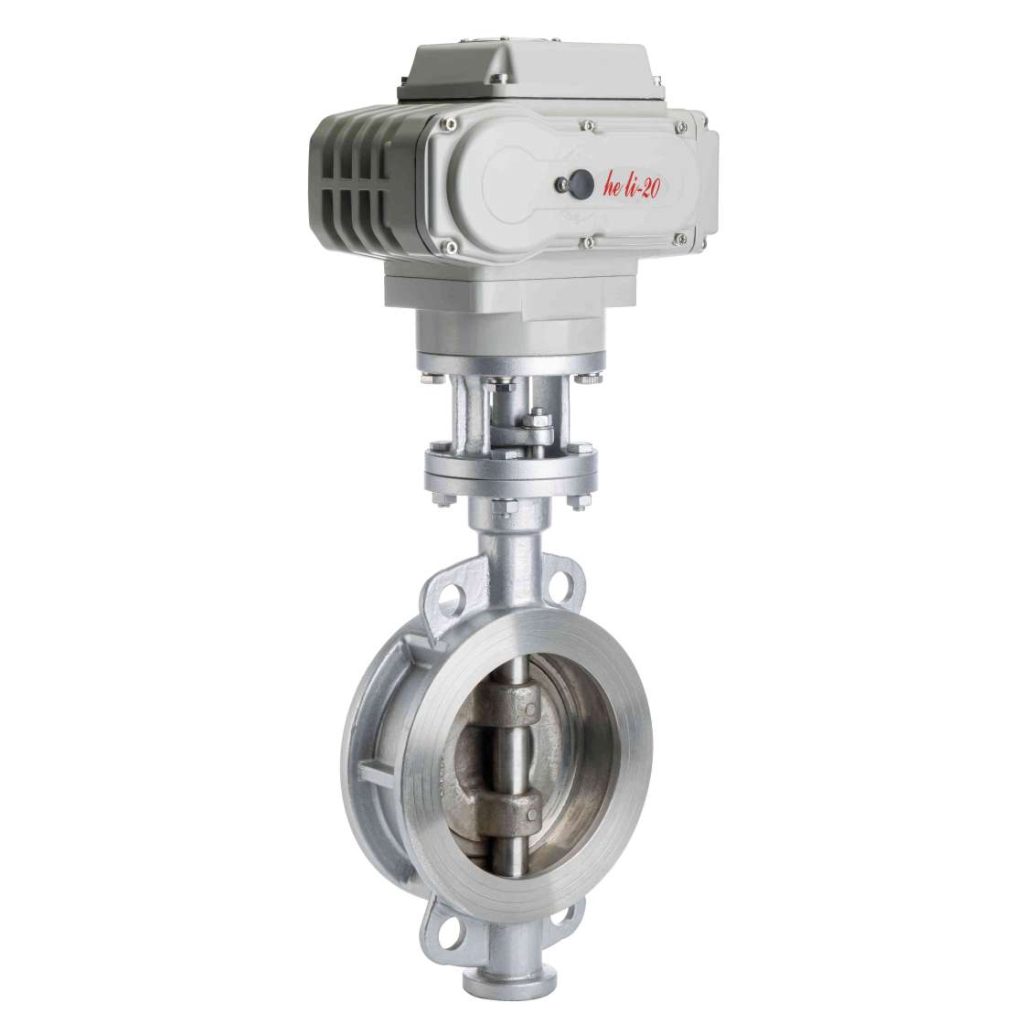In the world of industrial fluid control, the WCB Electric Three Eccentric Butterfly Valve is a crucial device for regulating and controlling the flow of various liquids and gases. This valve is renowned for its reliability, precision, and durability in demanding environments. Its three eccentric design, combined with an electric actuator, makes it ideal for applications where tight shut-off, minimal leakage, and ease of automation are essential. In this article, we will explore the features, working mechanism, advantages, and applications of the WCB Electric Three Eccentric Butterfly Valve.

What is a WCB Electric Three Eccentric Butterfly Valve?

The WCB Electric Three Eccentric Butterfly Valve is a type of valve used to control fluid flow in pipelines. Unlike traditional butterfly valves that utilize a single offset, this valve features three eccentricities. These eccentricities enable the valve to create a precise sealing mechanism that minimizes leakage while providing a tight shut-off. The valve is operated by an electric actuator, which allows for remote control and automation, making it a preferred choice for modern industrial systems. Working Mechanism The key characteristic that sets the WCB Electric Three Eccentric Butterfly Valve apart from standard butterfly valves is its unique design. The “three eccentricities” refer to the offset of the valve’s stem, disc, and sealing surface. In a conventional valve, the disc remains perpendicular to the flow when it is closed, which can result in uneven sealing and wear on the valve’s components. In contrast, the three eccentric design ensures that the valve disc moves away from the sealing surface as it opens, reducing the possibility of wear and tear.
